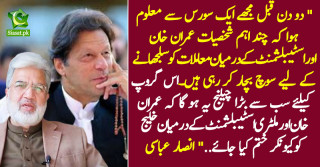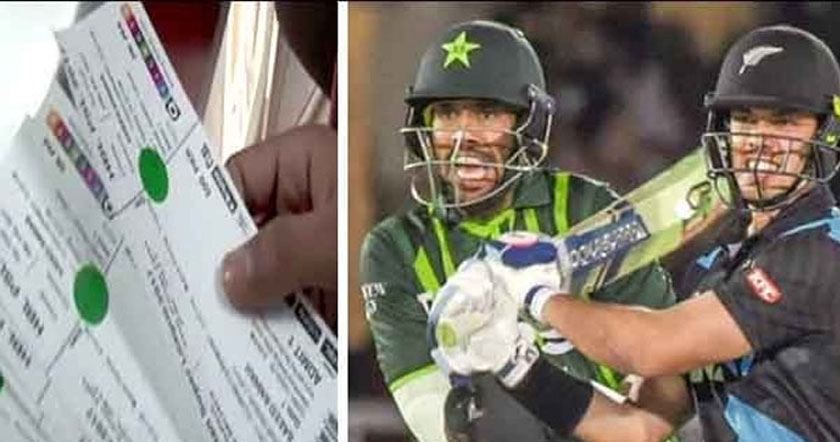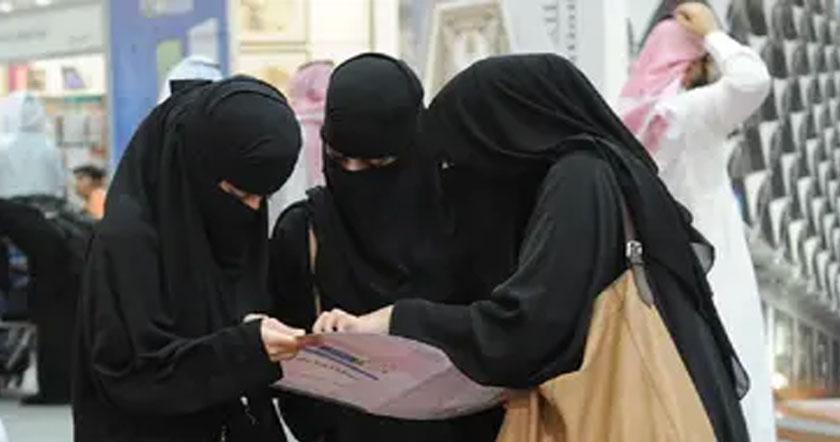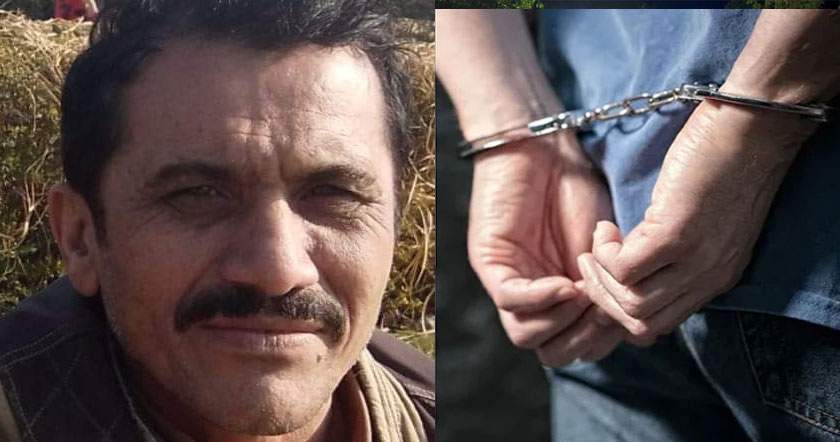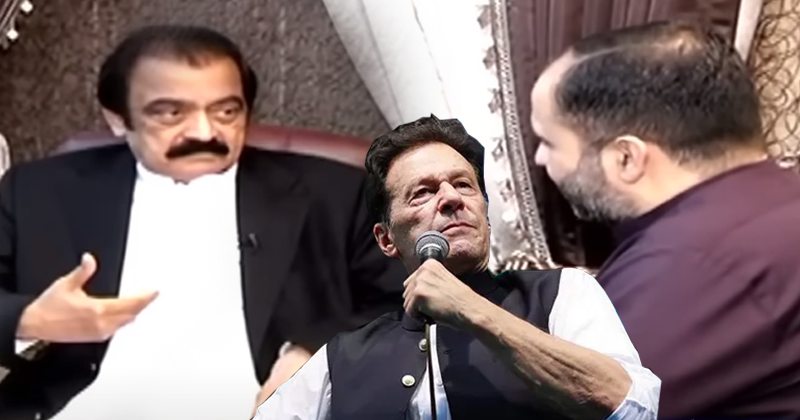India Spent 35 Years Building A Tank That Was A Total Piece of Junk
Key point: The inability of DRDO to put its foot down and admit that it could not build the tank on time and on schedule doomed the tank.
In the mid-1970s, India began development on a totally new, advanced main battle tank that would satisfy the needs of the country’s Armored Corps. An impressive combination of firepower, armor protection and mobility, the tank was to be India’s first indigenously produced tank—and one of the best in the world. The service date for the tank, known as Arjun, was confidently set for 1985.

Instead, the Arjun suffered a tortuously long development period spanning two centuries. The final result, introduced into the army twenty-six years later than originally planned, is a mess of a tank that not even the Indian Army wants.
The Indian Army’s Armored Corps has been in existence for seventy-four years, tracing its roots to the Second World War, and has fought in every one of India’s wars with neighbor and rival Pakistan. The Corps has across has sixty-three armored regiments (the equivalent of battalions), spread across eight armored and mechanized divisions and another seven armored and mechanized brigades.
The decision to produce an indigenous Indian tank was made in 1972, shortly after the Indo-Pakistani War of 1971. In 1974, the state-run Defence Research and Development Organisation (DRDO) was tasked with developing the tank. It was to be a forty-ton vehicle, armed with a 105-millimeter gun. It would be small enough to be strategically mobile, capable of being shuttled on internal lines (roads and railroads) to vital sectors along the long border with Pakistan.
DRDO decided to make the tank, called Arjun, a mostly Indian design. The Combat Vehicles Research and Development Establishment, part of DRDO, was to design the hull, armor, turret, gun and running gear. The main gun and engine would be imported. Unfortunately, India’s defense-industrial base was nowhere near capable of creating such a vehicle. As if that weren’t enough of an obstacle, India’s world-famous bureaucracy and red-tape machine was another enemy to progress.
Today, the Arjun Mk 1 is a sixty-two-ton tank, complete with a 120-millimeter gun, advanced composite armor, a 1,400-horsepower turbocharged engine, and advanced fire control and thermal sights. Although the tank’s specifications are impressive, the actual product leaves a lot to be desired.
By 2009, thirty-five years after it was originally conceived, Arjun was “ready” for production. Despite shortcomings revealed in testing, the Indian Army was forced to buy 124 Arjuns—enough to equip just two armored regiments—to keep state tank production facilities open. By mid-2015, two years after the purchase was complete, nearly 75 percent of the Arjun force was inoperable due to technical problems.
Arjun’s armored protection evolved significantly over thirty-five years. The tank is fitted with Kanchan armor, a locally designed composite blend that is allegedly similar to British Chobham armor. Kanchan is rumored to be capable of shrugging off point-blank shots from the 125-millimeter gun of Indian T-72 tanks. Arjun is so well protected that its weight ballooned from the original forty-ton specification to sixty-two tons.
This increase in protection came at a cost—decreased tactical and operational mobility. As originally specified, a forty-ton tank with a 1,400-horsepower engine would have an impressive 35-to-1 horsepower-to-weight ratio. Unfortunately, Arjun’s weight ballooned from forty to sixty-two tons, with no corresponding increase in engine power. DRDO finally settled on a German-made MTU 1,400-horsepower water-cooled diesel engine, complemented with an Indian supercharger. Arjun’s horsepower-to-weight ratio sank to a mediocre 22.5 to 1. The vehicle’s weight also means it cannot be used in Punjab and the northern deserts of India in India’s “Cold Start” offensive strategy against Pakistan.
The Arjun’s development period was so long that major design decisions became completely obsolete. The 105-millimeter gun, perfectly adequate in the 1970s when stacked up against the NATO-standard 105-millimeter L7 gun (the M68 in U.S. Army service), and the 115-millimeter gun of the Soviet T-62 tank, were obsolete by the early 1990s.
In the end, the Arjun ended up with a 120-millimeter rifled barrel gun, capable of firing High Explosive, Armor-Piercing Discarding Sabot rounds, High Explosive Anti-Tank rounds and, perhaps not unusually for a former British colony, High Explosive, Squash Head rounds. DRDO conducted test firings of the Israeli-made LAHAT long-range antitank missile, which offered a high probability of kill against armored vehicles out to six thousand meters, but the round was dropped in 2014. DRDO claims it will develop an indigenous equivalent.
How did Arjun, which took decades to develop, end up being such a disappointment? The tank took so long to develop that technologies not even invented when Arjun was first proposed had to be added to the tank. GPS navigation, laser warning receivers, non-explosive-reactive armor and other innovations were merely research papers in 1974, but by the early 2000s were must-have inventions that added to the tank’s complexity, weight and cost.
The inability of DRDO to put its foot down and admit that it could not build the tank on time and on schedule doomed the tank. India’s state of the military art was such that a new tank would out of necessity face a prolonged development time. The more the tank project dragged on, the more the tank needed to be redesigned to incorporate new technologies. The tank was trapped for decades in a development death spiral, and the end product is correspondingly mediocre.
DRDO is busy at work designing Arjun Mk II, which will allegedly contain many improvements over the original Mk I. The Indian Army for its part is adamant it wants no part of the Mk II until prototypes perform satisfactorily, and would much rather buy an overseas tank. The army, for now prefers the Russian T-90 tank and may express interest in the brand new T-14 Armata tank. Russian state media has reported that India is interested in the Armata as the basis of a new, localized tank. Whether that’s true remains to be seen.
Kyle Mizokami is a defense and national-security writer based in San Francisco who has appeared in the Diplomat, Foreign Policy, War is Boring and the Daily Beast. In 2009 he cofounded the defense and security blog Japan Security Watch. You can follow him on Twitter: @KyleMizokami. This article first appeared several years ago.
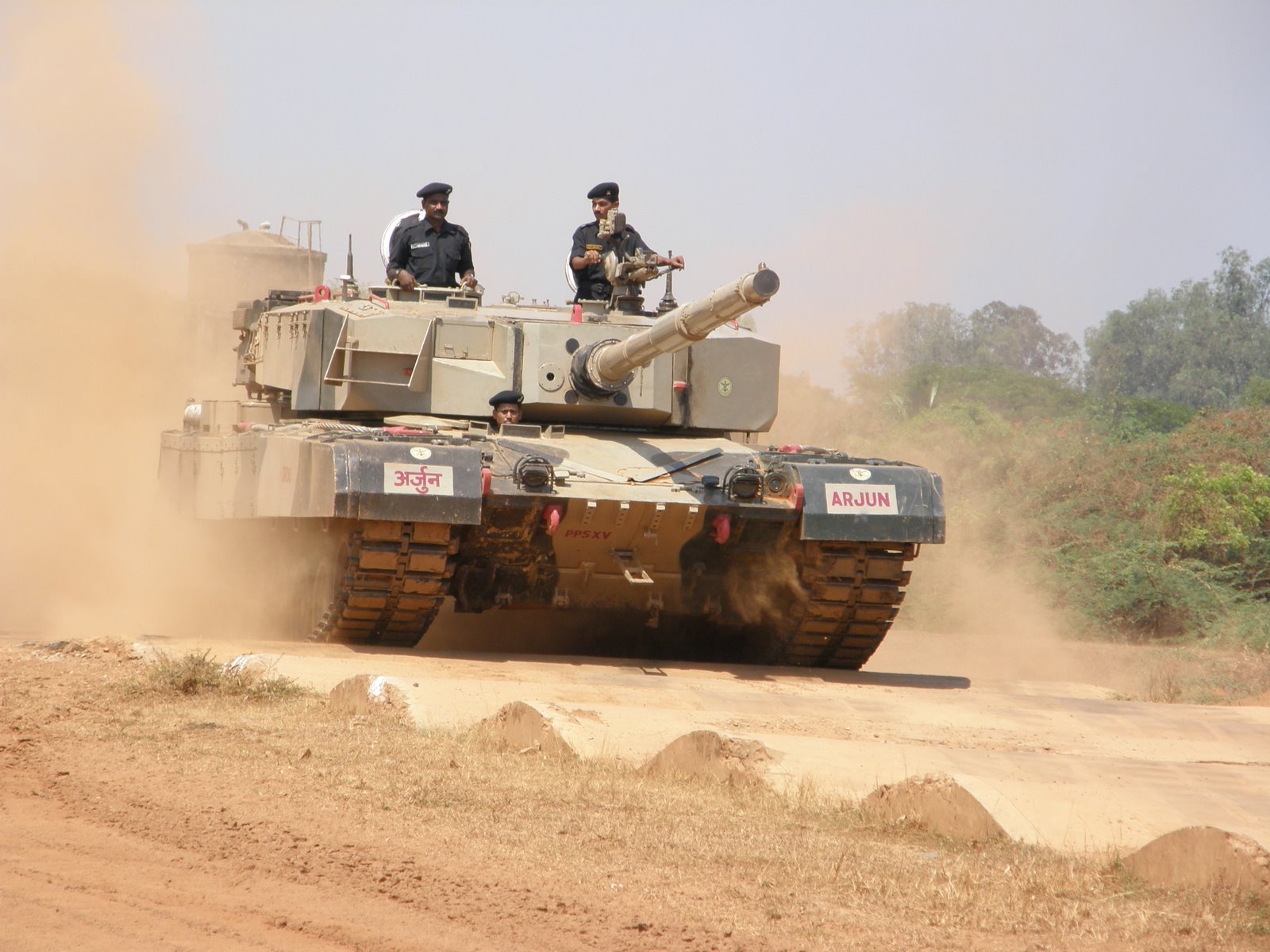
 nationalinterest.org
nationalinterest.org
Key point: The inability of DRDO to put its foot down and admit that it could not build the tank on time and on schedule doomed the tank.
In the mid-1970s, India began development on a totally new, advanced main battle tank that would satisfy the needs of the country’s Armored Corps. An impressive combination of firepower, armor protection and mobility, the tank was to be India’s first indigenously produced tank—and one of the best in the world. The service date for the tank, known as Arjun, was confidently set for 1985.

Instead, the Arjun suffered a tortuously long development period spanning two centuries. The final result, introduced into the army twenty-six years later than originally planned, is a mess of a tank that not even the Indian Army wants.
The Indian Army’s Armored Corps has been in existence for seventy-four years, tracing its roots to the Second World War, and has fought in every one of India’s wars with neighbor and rival Pakistan. The Corps has across has sixty-three armored regiments (the equivalent of battalions), spread across eight armored and mechanized divisions and another seven armored and mechanized brigades.
The decision to produce an indigenous Indian tank was made in 1972, shortly after the Indo-Pakistani War of 1971. In 1974, the state-run Defence Research and Development Organisation (DRDO) was tasked with developing the tank. It was to be a forty-ton vehicle, armed with a 105-millimeter gun. It would be small enough to be strategically mobile, capable of being shuttled on internal lines (roads and railroads) to vital sectors along the long border with Pakistan.
DRDO decided to make the tank, called Arjun, a mostly Indian design. The Combat Vehicles Research and Development Establishment, part of DRDO, was to design the hull, armor, turret, gun and running gear. The main gun and engine would be imported. Unfortunately, India’s defense-industrial base was nowhere near capable of creating such a vehicle. As if that weren’t enough of an obstacle, India’s world-famous bureaucracy and red-tape machine was another enemy to progress.
Today, the Arjun Mk 1 is a sixty-two-ton tank, complete with a 120-millimeter gun, advanced composite armor, a 1,400-horsepower turbocharged engine, and advanced fire control and thermal sights. Although the tank’s specifications are impressive, the actual product leaves a lot to be desired.
By 2009, thirty-five years after it was originally conceived, Arjun was “ready” for production. Despite shortcomings revealed in testing, the Indian Army was forced to buy 124 Arjuns—enough to equip just two armored regiments—to keep state tank production facilities open. By mid-2015, two years after the purchase was complete, nearly 75 percent of the Arjun force was inoperable due to technical problems.
Arjun’s armored protection evolved significantly over thirty-five years. The tank is fitted with Kanchan armor, a locally designed composite blend that is allegedly similar to British Chobham armor. Kanchan is rumored to be capable of shrugging off point-blank shots from the 125-millimeter gun of Indian T-72 tanks. Arjun is so well protected that its weight ballooned from the original forty-ton specification to sixty-two tons.
This increase in protection came at a cost—decreased tactical and operational mobility. As originally specified, a forty-ton tank with a 1,400-horsepower engine would have an impressive 35-to-1 horsepower-to-weight ratio. Unfortunately, Arjun’s weight ballooned from forty to sixty-two tons, with no corresponding increase in engine power. DRDO finally settled on a German-made MTU 1,400-horsepower water-cooled diesel engine, complemented with an Indian supercharger. Arjun’s horsepower-to-weight ratio sank to a mediocre 22.5 to 1. The vehicle’s weight also means it cannot be used in Punjab and the northern deserts of India in India’s “Cold Start” offensive strategy against Pakistan.
The Arjun’s development period was so long that major design decisions became completely obsolete. The 105-millimeter gun, perfectly adequate in the 1970s when stacked up against the NATO-standard 105-millimeter L7 gun (the M68 in U.S. Army service), and the 115-millimeter gun of the Soviet T-62 tank, were obsolete by the early 1990s.
In the end, the Arjun ended up with a 120-millimeter rifled barrel gun, capable of firing High Explosive, Armor-Piercing Discarding Sabot rounds, High Explosive Anti-Tank rounds and, perhaps not unusually for a former British colony, High Explosive, Squash Head rounds. DRDO conducted test firings of the Israeli-made LAHAT long-range antitank missile, which offered a high probability of kill against armored vehicles out to six thousand meters, but the round was dropped in 2014. DRDO claims it will develop an indigenous equivalent.
How did Arjun, which took decades to develop, end up being such a disappointment? The tank took so long to develop that technologies not even invented when Arjun was first proposed had to be added to the tank. GPS navigation, laser warning receivers, non-explosive-reactive armor and other innovations were merely research papers in 1974, but by the early 2000s were must-have inventions that added to the tank’s complexity, weight and cost.
The inability of DRDO to put its foot down and admit that it could not build the tank on time and on schedule doomed the tank. India’s state of the military art was such that a new tank would out of necessity face a prolonged development time. The more the tank project dragged on, the more the tank needed to be redesigned to incorporate new technologies. The tank was trapped for decades in a development death spiral, and the end product is correspondingly mediocre.
DRDO is busy at work designing Arjun Mk II, which will allegedly contain many improvements over the original Mk I. The Indian Army for its part is adamant it wants no part of the Mk II until prototypes perform satisfactorily, and would much rather buy an overseas tank. The army, for now prefers the Russian T-90 tank and may express interest in the brand new T-14 Armata tank. Russian state media has reported that India is interested in the Armata as the basis of a new, localized tank. Whether that’s true remains to be seen.
Kyle Mizokami is a defense and national-security writer based in San Francisco who has appeared in the Diplomat, Foreign Policy, War is Boring and the Daily Beast. In 2009 he cofounded the defense and security blog Japan Security Watch. You can follow him on Twitter: @KyleMizokami. This article first appeared several years ago.

India Spent 35 Years Building A Tank That Was A Total Piece of Junk
Failure breeds later success.








